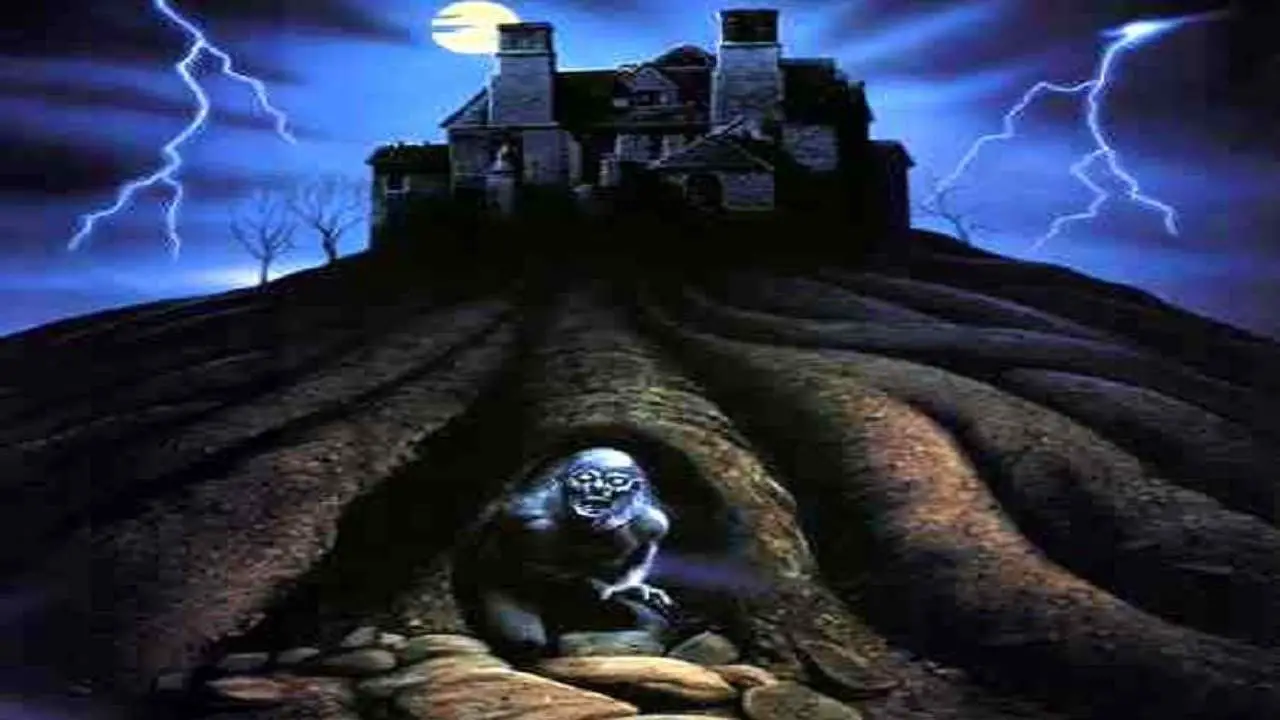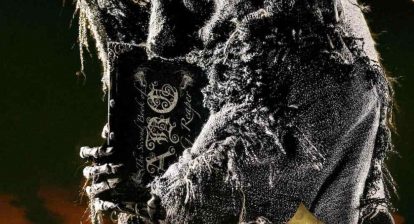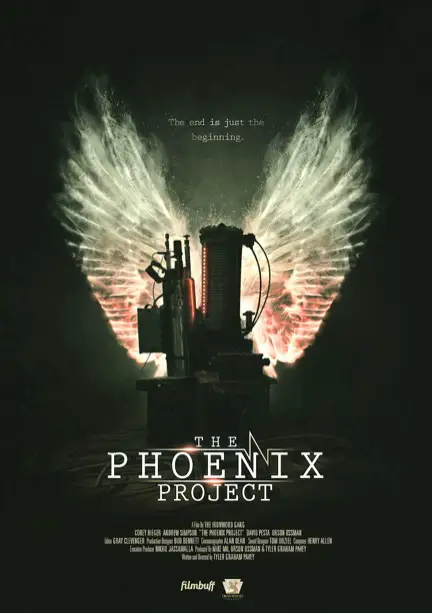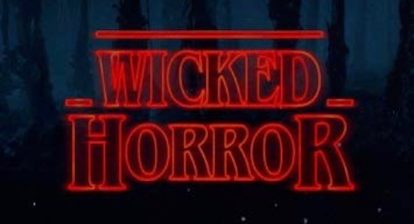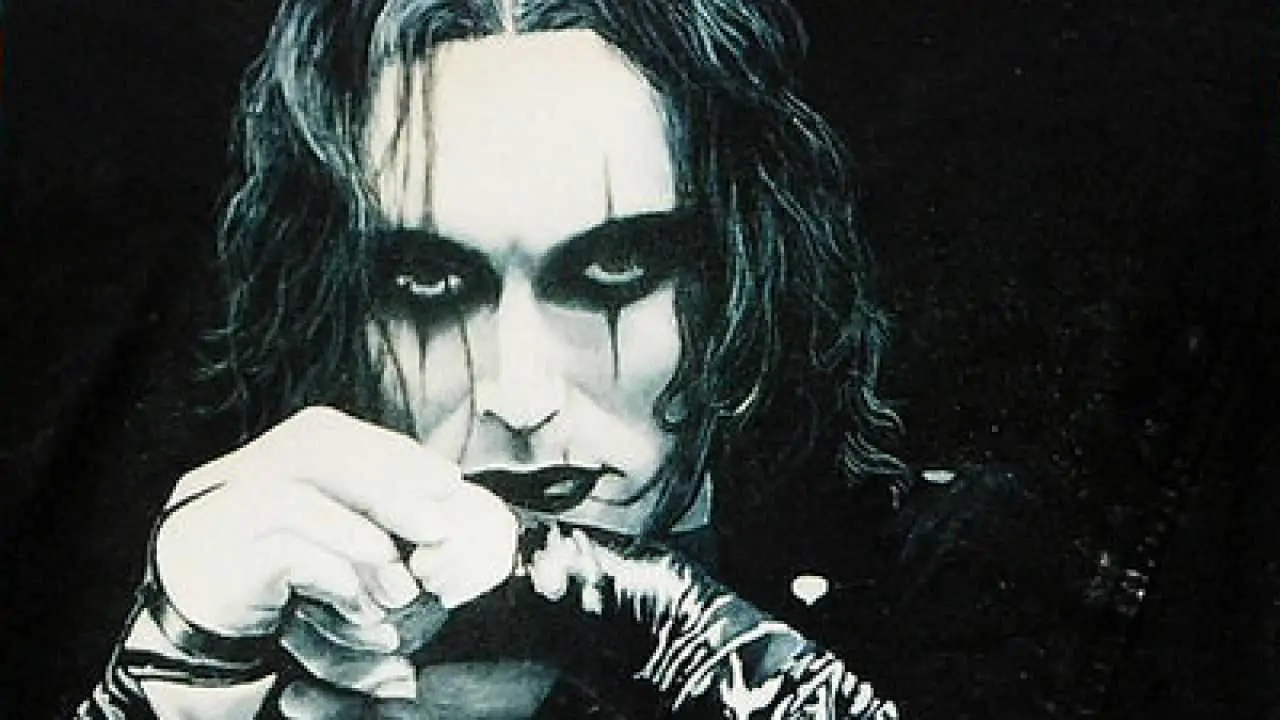Vampires. Werewolves. Demons. We all have images that immediately spring to mind when we think of these creatures. All monsters have some kind of classification—but there are similarities, overlaps, similar regional origins, or sometimes concepts are adapted for somewhere else. Tales that began life as ghost stories in one country become vampire folklore in another. These may be separated into different classifications, but there are always common threads between them. Because of this, some monsters are harder to define.
When it comes to vampires, everyone knows that they drink the blood of the living or drain their life force. Whatever else changes about them from tale to tale, there’s still that common ground. Ghosts are dead souls and spirits. Zombies are the walking dead. But what about ghouls?
Of all the monsters to be dreamed up throughout history, ghouls have become one of the hardest to define. Everyone knows the term, but that’s basically all it is now. It’s just a word. Sort of a catch-all phrase for something that’s creepy. Frightening real-world events are often referred to as “ghoulish.” The monster itself is barely thought of anymore, but when it is, it’s remembered for stalking graveyards and eating human flesh. By all accounts, basically the same thing as a zombie.
Did You Know? Wicked Horror TV Has Classic and Independent Horror Films Available to Stream for Free!

For most people, it’s hard to differentiate between a ghoul and a zombie. After all, zombies hang out in cemeteries and eat flesh. Those are two of their defining characteristics. In fact, in the original Night of the Living Dead they’re never referred to as zombies once, but they are referred to as ghouls. So really, what’s the difference? Truthfully, the Romero zombies fall far from the classical definition of zombies as people resurrected by voodoo to perform certain tasks.
Ultimately, though, what separates a ghoul from a zombie seems to be one very specific trait, by and large. Galland’s original definition of a ghoul is a subterranean creature that lives in and under cemeteries and feeds off the corpses residing therein.
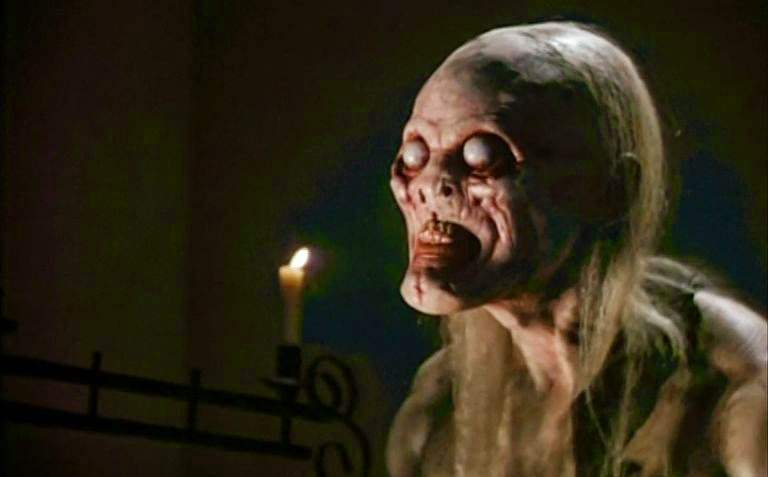 To me, that’s the ultimate distinction between a ghoul and a zombie. One eats the living and the other eats the dead. Those two can still be mixed up and combined, but I still feel that eating dead flesh is a ghoul’s defining characteristic.
To me, that’s the ultimate distinction between a ghoul and a zombie. One eats the living and the other eats the dead. Those two can still be mixed up and combined, but I still feel that eating dead flesh is a ghoul’s defining characteristic.
It’s also one that most films and TV shows to feature the monsters have utilized. While ghouls may not be the most popular creatures in the horror pantheon, they’ve made several big and small screen appearances over the years, the first being 1933’s The Ghoul. Starring Boris Karloff, it mixed ghouls with Egyptian mythology, in which Karloff played the titular monster. It was much more of a story about a man returning from death for revenge than any real sort of creature feature, though.
There was also a film titled The Ghoul in 1974. It was not a remake of Karloff’s movie, but it did see Peter Cushing feeding people to his son that he keeps in the attic after the boy returns home from India with a taste for human flesh. This completely ties into the modern use of ghoul as one who indulges in cannibalism or necrophilia. Given the amount of time he spent in graveyards and the horrible things he did, notorious killer Ed Gein is often referred to as The Ghoul of Plainsfield.
 Ghouls also appear in the Tales from the Crypt season three episode “Mournin’ Mess,” starring Steven Weber, which was one of my favorites as a kid.
Ghouls also appear in the Tales from the Crypt season three episode “Mournin’ Mess,” starring Steven Weber, which was one of my favorites as a kid.
While it’s not even one of Full Moon’s most well-known titles, one of my favorite ghoul-centric features is C. Courtney Joyner’s The Lurking Fear. The practical makeup FX are terrific, it revisits the structure of Night of the Living Dead by essentially being a siege movie, but maintains the classic elements of ghouls being subterranean and living beneath a cemetery.
As recently as 2015, we’ve had the Czech film Ghoul about three American filmmakers studying cannibalism, appropriating the story of true cannibal Andrei Chikatilo.
Perhaps the best to come around in recent years, though, would be Brian Keene’s novel Ghoul. While the film adaptation is lacking, especially when it comes to the monster, the book is actually one of my favorites. A coming-of-age story of a group of young boys teaming up to fight a monster invading their home town, set against the backdrop of the early eighties, this is basically what would happen if Stephen King’s It was even darker and at times went much further. Which is saying a lot, because there are some extreme sequences in King’s book.
 Ghouls will never be the most popular horror movie monster and there will always be some debate as to what they really are. But they’ve always fascinated me. In all my story collections and monster encyclopedias that I read as a kid, I would rarely see the word come up. When it did, I was always left intrigued and wanting to know more. Even now, I still feel that way. Unlike other creatures, I don’t think they’ve reached their full potential on screen. They’re inherently frightening.
Ghouls will never be the most popular horror movie monster and there will always be some debate as to what they really are. But they’ve always fascinated me. In all my story collections and monster encyclopedias that I read as a kid, I would rarely see the word come up. When it did, I was always left intrigued and wanting to know more. Even now, I still feel that way. Unlike other creatures, I don’t think they’ve reached their full potential on screen. They’re inherently frightening.
